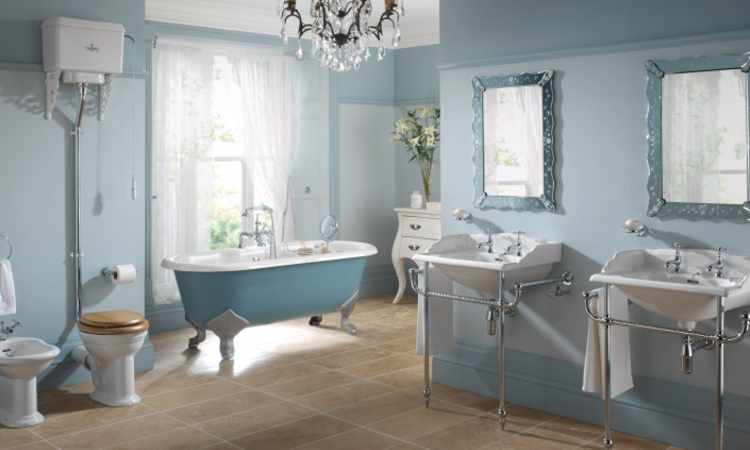
- By Brad Long
- In Home Additions
Adding A Bathroom To The Second Floor Of Your Home
Adding a bathroom to the second floor of a home can be a great investment, as it not only increases the functionality of the space but also the value of the property. This project can seem daunting, but with careful planning and execution, it can be a rewarding and successful endeavor.
The first step in adding a bathroom to the second floor of a home is to determine the available space. This can be achieved by taking measurements of the potential bathroom area and assessing the existing plumbing and electrical infrastructure. Depending on the available space, it may be necessary to reconfigure the layout of the existing floor plan to accommodate the new bathroom. This may involve removing walls or adding new ones, as well as repositioning doorways or windows.
In addition to the layout and design of the bathroom, it is important to consider the materials and finishes that will be used. This includes choosing flooring, wall tile, and paint colors. These elements should be cohesive with the existing decor and style of the home, and should also be chosen with durability and ease of maintenance in mind.
During the renovation process, it is important to ensure that the work is progressing as planned and that any issues or concerns are addressed in a timely manner. This includes staying in communication with the contractor and regularly inspecting the work to ensure that it meets the desired quality standards. It is also important to be flexible and open to changes, as unforeseen issues can arise during the renovation process that may require adjustments to the original plan.
Once the space has been identified, the next step is to determine the design and layout of the bathroom. This includes choosing fixtures such as a toilet, sink, and shower or tub, as well as determining the placement of each element. It is important to consider the overall flow of the bathroom and ensure that there is adequate space for each fixture, as well as for movement within the space. This is especially important in smaller bathrooms, where space can be at a premium.
One of the key considerations when adding a bathroom to the second floor of a home is the plumbing and electrical infrastructure. This may require significant upgrades or modifications to the existing systems, particularly if the bathroom is being added in a location that was not previously plumbed or wired for this purpose. It is important to ensure that the new plumbing and electrical work is completed to a high standard, with appropriate permits obtained and inspections conducted as required.
In addition to the plumbing and electrical work, it is also important to consider ventilation in the new bathroom. This may involve installing a fan or other ventilation system to ensure that moisture and odors are properly vented out of the space.
Adding a bathroom to the second floor of a home can be a complex and involved process, but with careful planning and execution, it can be a successful and rewarding investment. By taking the time to consider the available space, design and materials, and choosing a reputable contractor, homeowners can create a new bathroom that not only meets their functional needs but also enhances the overall value and appeal of their home.






